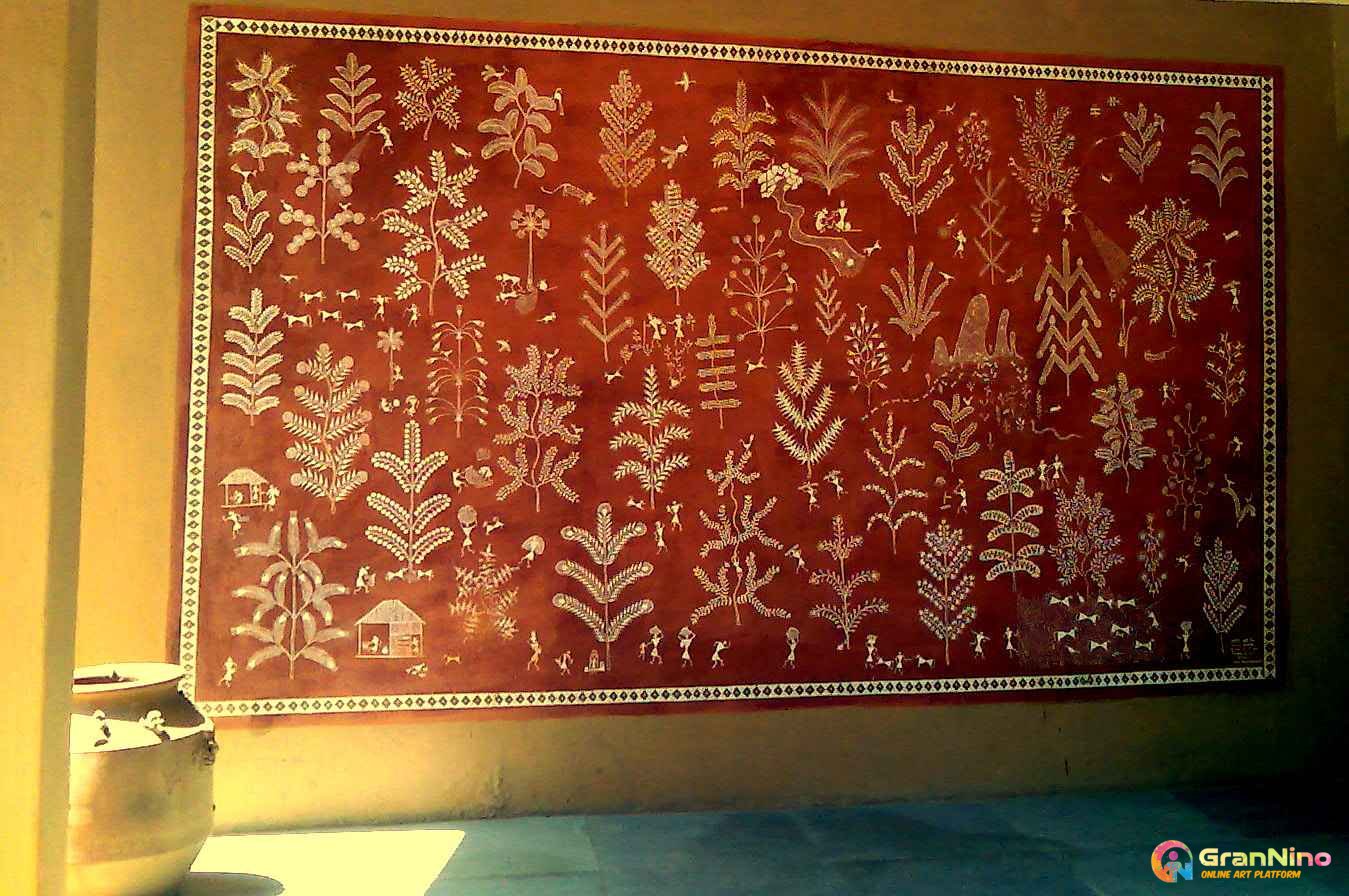Warli Painting, Origin , History and Techniques
The Warli Tribes of India (from the North Sahyadri Range in Maharashtra, India, the Sahyadri Range contains cities such as Dahanu, Talasari, Jawhar, Palghar, Mokhada, and Vikramgad of Palghar district.) inspired the name Warli Painting. The tribes still using this painting technique. Even though the tribal style of art is estimated to date back to the 10th century AD., the style of Warli painting was not recognized until the 1970s. The concept of Mother Nature is fundamental to Warli culture. Some of famous Warli Painting Artist is Jivya Soma Mashe and Balu Mashe.
 Credit to @oldpaint
Credit to @oldpaintArticle Details
Publish Date: 12/12/2021
Related Tags:
warli painting warli painting pigments painting guides warli painting guides
Advertise Here Contact us

SUBSCRIBE TO OUR NEWSLETTER
Most Asked Questions:
- Q. Explain the difference between Warli Painting and Sand Art ?
- Answer: Sand Painting, a dry painting made by pouring colored sands, powdered pigments onto a surf......, On the other hand, Warli Painting is a form of tribal art .... Know More
- Q. Where can I buy Warli Painting (on Canvas) without commission?
- Answer: If you are looking for best Warli Painting for commission free purchase, you can check here.
- Q. How to sell Warli Painting online?
- Answer: If you are looking for best place to exhibit and selling Warli Painting , you can try GranNino. GranNino provides free art exhibition and commission free art selling.
















